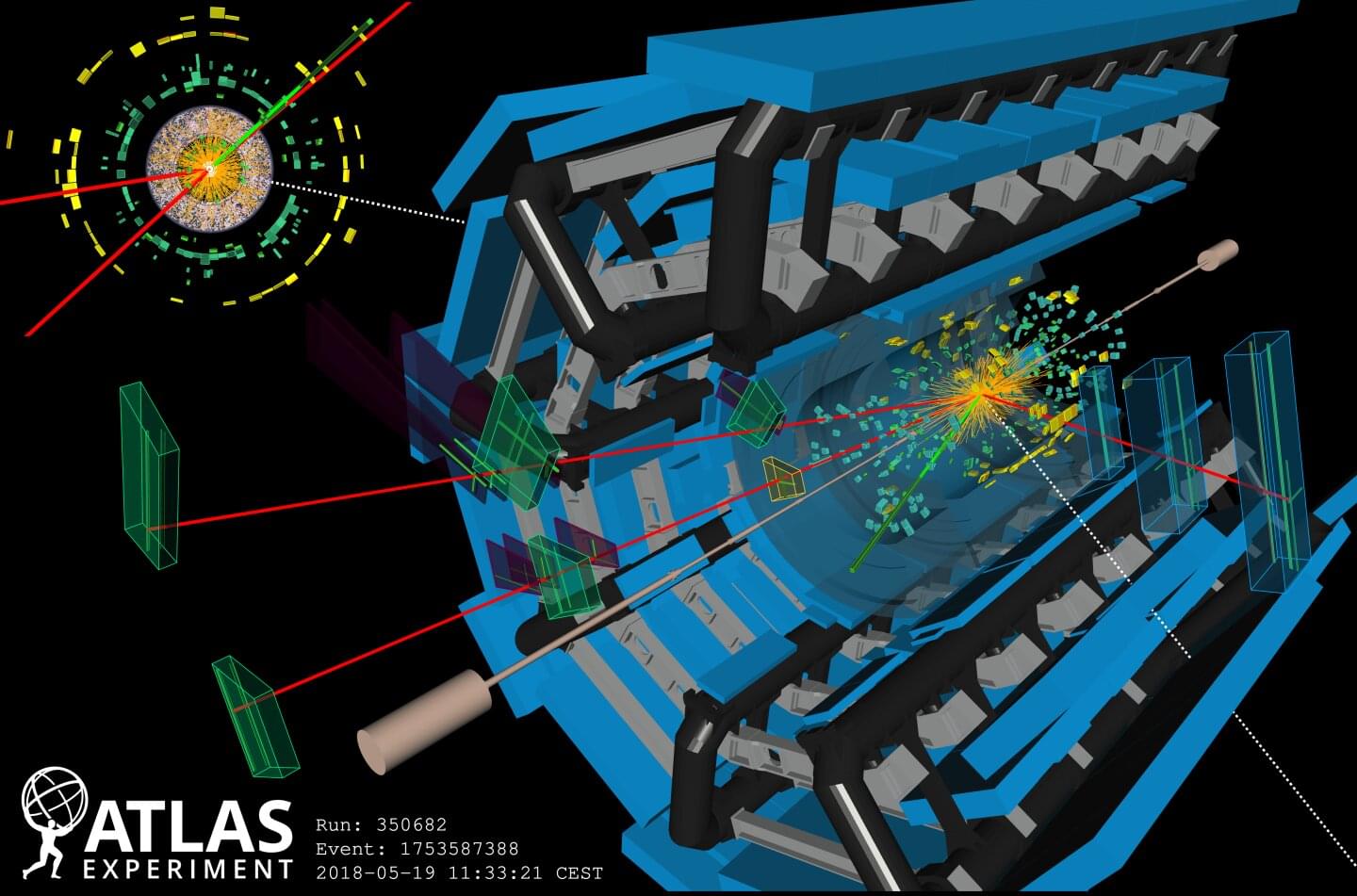As the carriers of the weak force, the W and Z bosons are central to the Standard Model of particle physics. Though discovered four decades ago, the W and Z bosons continue to provide physicists with new avenues for exploration.
In a new study available on the arXiv preprint server, the ATLAS collaboration analyzed its full data set from the second run of the Large Hadron Collider (recorded from 2015 to 2018) in search of a rare process in which a Z boson is produced alongside two other weak-force carriers, or vector (V) bosons, as the W and Z are known.
“The production of three vector bosons is a very rare process at the LHC,” says Fabio Cerutti, ATLAS Physics Coordinator. “Its measurement provides information on the interactions among multiple bosons, which are linked to underlying symmetries of the Standard Model. This is a powerful tool for uncovering new physics phenomena, such as new, undiscovered particles that are too heavy to be directly produced at the LHC.”
